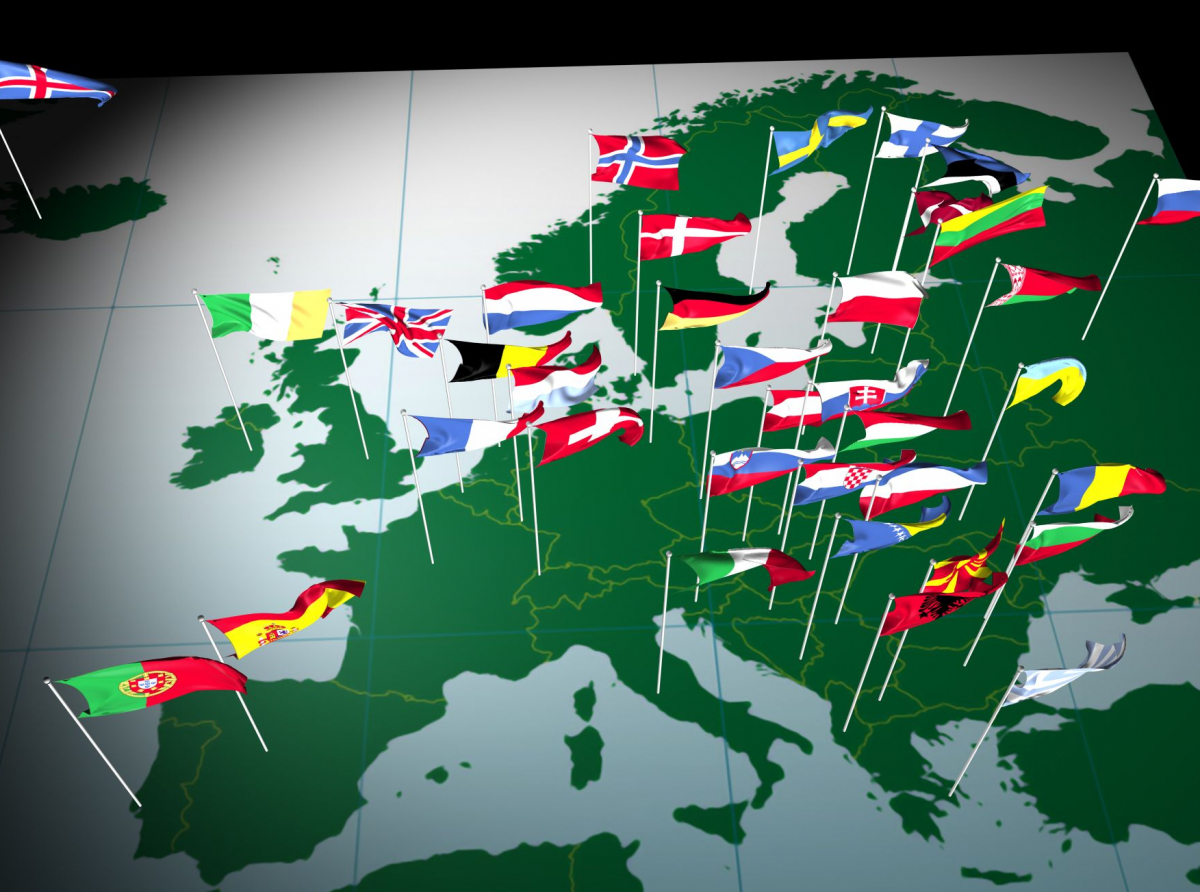Giovanni Boggero
This paper examines the dual role of European capital cities as both symbols of national sovereignty and autonomous local government units. Despite their increasing prominence in economic and environmental spheres, capitals remain deeply embedded in their states’ administrative structures, balancing their functions as political and cultural hubs with local self-government. The paper identifies key constitutional and administrative patterns across Europe, drawing on Council of Europe frameworks and comparative analyses. It highlights variations in capital city models – ranging from dominant "city-states" like Berlin and Vienna to decentralized capitals such as Bern and The Hague – while emphasizing shared challenges in governance, financial autonomy, and intergovernmental cooperation. The findings underscore the enduring diversity of capital city arrangements, shaped by historical, constitutional, and local autonomy factors, with no uniform trend emerging despite European integration efforts.





